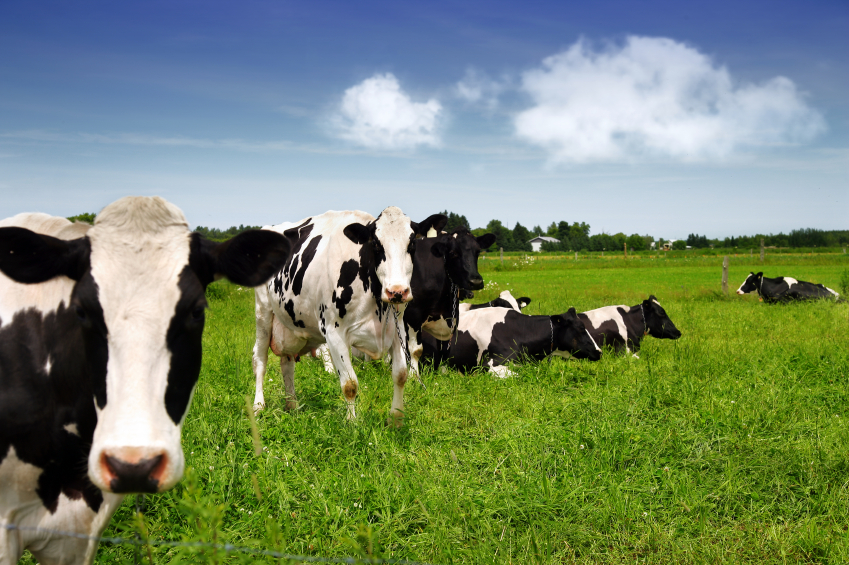Study: Exercise makes you younger on a GENETIC level
09/26/2018 / By Ellaine Castillo

Exercise has long been proven to slow down the aging process by supporting healthy organs. In addition to this, recent studies suggest that the effects of exercise can even be observed on the genetic level.
Throughout a person’s lifetime, the cells undergo multiple rounds of cell division wherein DNA is replicated for each cell to have their own copy. However, each copy of DNA made is shorter than the last. To prevent important genetic information from being lost, the chromosome, which houses the DNA, is capped with a long stretch of DNA called telomeres. Aside from sacrificing itself for shortening, telomeres also protect the ends of the chromosome from damage and from unnecessary interactions.
Although telomeres are not known to encode for anything, their shortening also poses effects on health. Telomere shortening has been linked not just to the aging process but also to the development of diseases. These links led to the belief that if telomere shortening were avoided then aging and diseases may be prevented.
One study has shown that exercise preserves telomere length by increasing nuclear respiratory factor 1 (NRF1) levels. NRF1 functions by recruiting the enzyme telomerase to the telomeres. This enzyme has the ability to reduce telomere shortening. Unfortunately, only a small number of cells are able to produce it. The researchers observed that each session of exercise replenishes NRF1 concentration, effectively slowing the aging process. This means that it is necessary to exercise regularly for there to be significant improvements on the aging process.
In addition to this, researchers from University of California, San Francisco have shown that other lifestyle changes can reduce telomere shortening. In addition to exercise, they also suggest lifestyle changes such as following a plant-based diet, reducing stress through yoga-based stretching and meditation, and participating in social support groups. They observed that incorporating more of the recommended changes into the participants’ lives leads to drastic improvements on telomere length. Additionally, participants who did not exercise nor undergo any lifestyle change had their telomeres shortened by three percent.
These results prove that exercise doesn’t just improve the body’s muscular condition; it can also promote better health at the genetic level. (Related: Exercise is the most powerful lifestyle medicine that prevents the development of multiple chronic diseases.)
More benefits of exercise
In addition to reducing telomere shortening, other proven benefits of exercise include:
- Boosting mood – Exercise has been shown to increase brain sensitivity to serotonin and norepinephrine, hormones that relieve feelings of depression. Additionally, exercising can increase the production of endorphins that promote happy feelings. Doing light workouts, such as walking or jogging, is enough to improve mood as long as it is regularly done.
- Increasing energy levels – Although people often feel tired after a workout, energy levels are actually increased by exercise. Studies have shown that exercise reduced fatigue in healthy individuals, as well as those with chronic fatigue syndrome and other illnesses.
- Improving skin health – Regular moderate exercise has been shown to promote antioxidant production. This leads to reduced levels of oxidative stress, which can damage the skin. Moreover, exercise can also increase blood flow, making the cells healthier.
- Protecting brain health – As previously mentioned, exercise increases blood flow. This allows the brain to get the oxygen it needs to perform its functions. Exercise has also been linked to growth of the hippocampus, the part of the brain responsible for memory and learning. Adults can benefit the most out of regular exercise since it can counter the effects of brain aging.
Learn more about the many benefits of exercise at Health.news.
Sources include:
Submit a correction >>
Tagged Under:
aging, anti-aging, benefits of exercise, cell division, chromosome, DNA, exercise, fitness, genes, genetics, lifestyle, longevity, natural health, physical activity, prevention, research, slender, telomeres
This article may contain statements that reflect the opinion of the author
RECENT NEWS & ARTICLES
ANTIAGINGSCIENCENEWS.COM is a fact-based public education website published by Anti Aging Science News Com Features, LLC.
All content copyright © 2018 by Anti Aging Science News Com Features, LLC.
Contact Us with Tips or Corrections
All trademarks, registered trademarks and servicemarks mentioned on this site are the property of their respective owners.




















